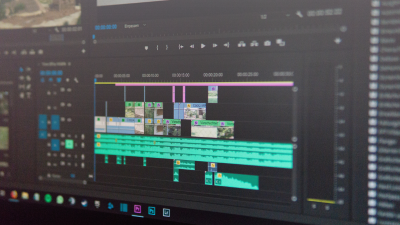Software
Explore Our Educational Software
Discover our range of trusted software solutions designed to support learning, creativity, accessibility and digital wellbeing in schools. Choose a category below to explore.

Mindmapping & Productivity
Empower students and educators with tools to plan, organise ideas and manage learning efficiently.
View Products
Creative & Media
Inspire creativity with engaging tools for art, design, music and multimedia projects in the classroom.
View Products
Assistive
Support inclusive learning with software that helps students overcome barriers to reading, writing and communication.
View Products
Security & Utilities
Protect your school network and optimise performance with essential security and maintenance tools.
View ProductsSubscribe to our Mailing List
For news, product updates, offers and more, signup to our newsletter. See our Privacy Policy here
